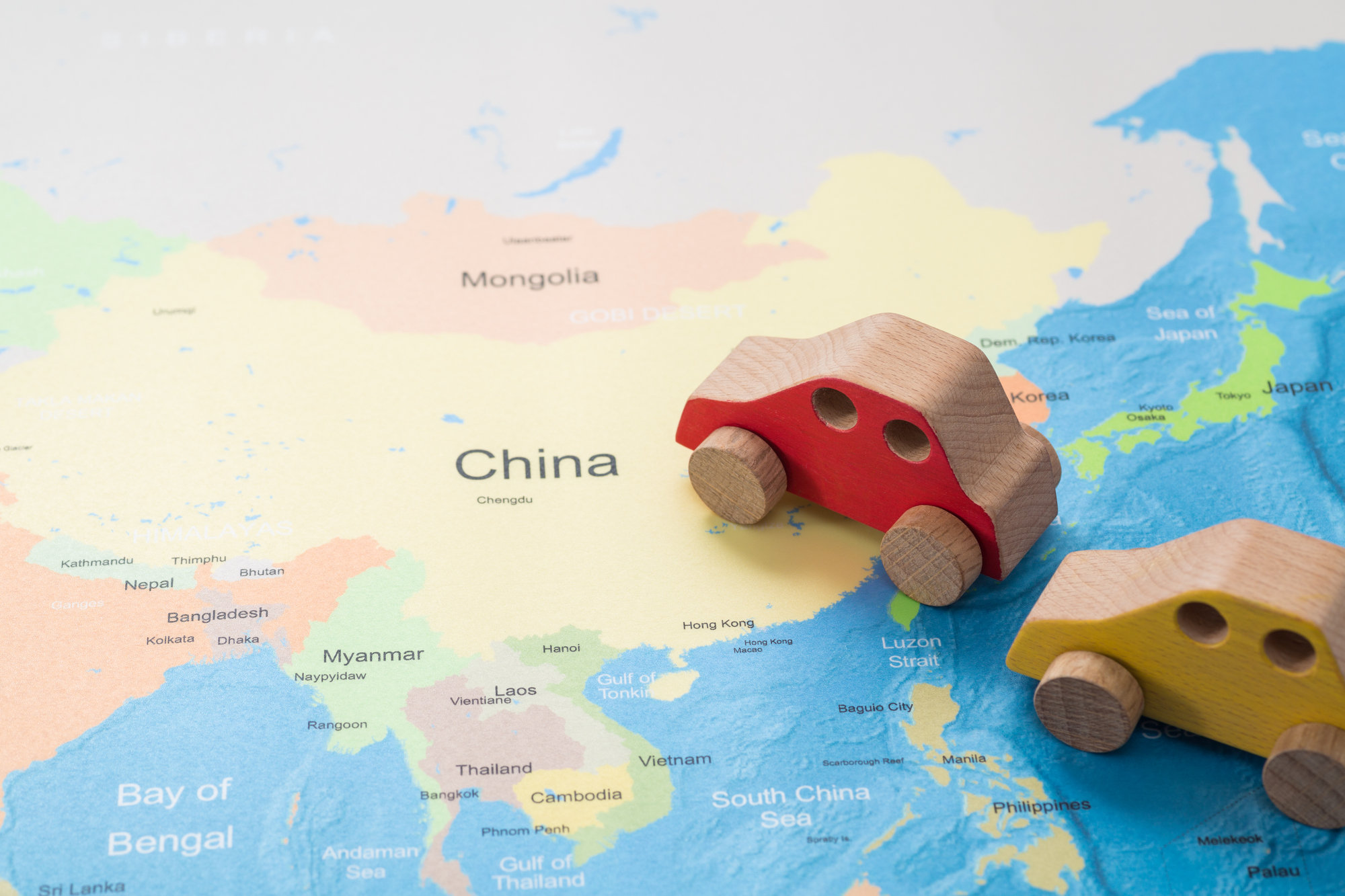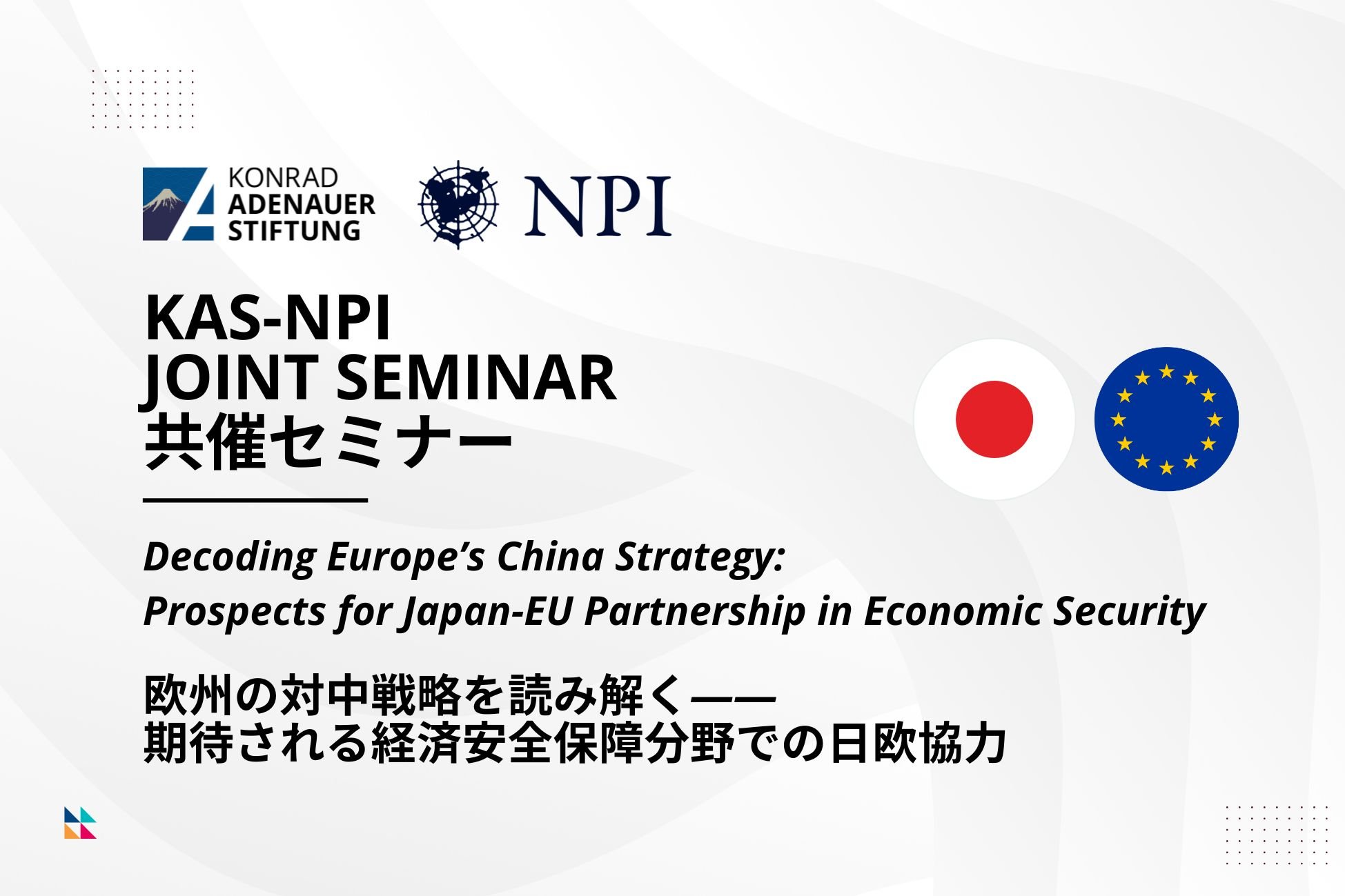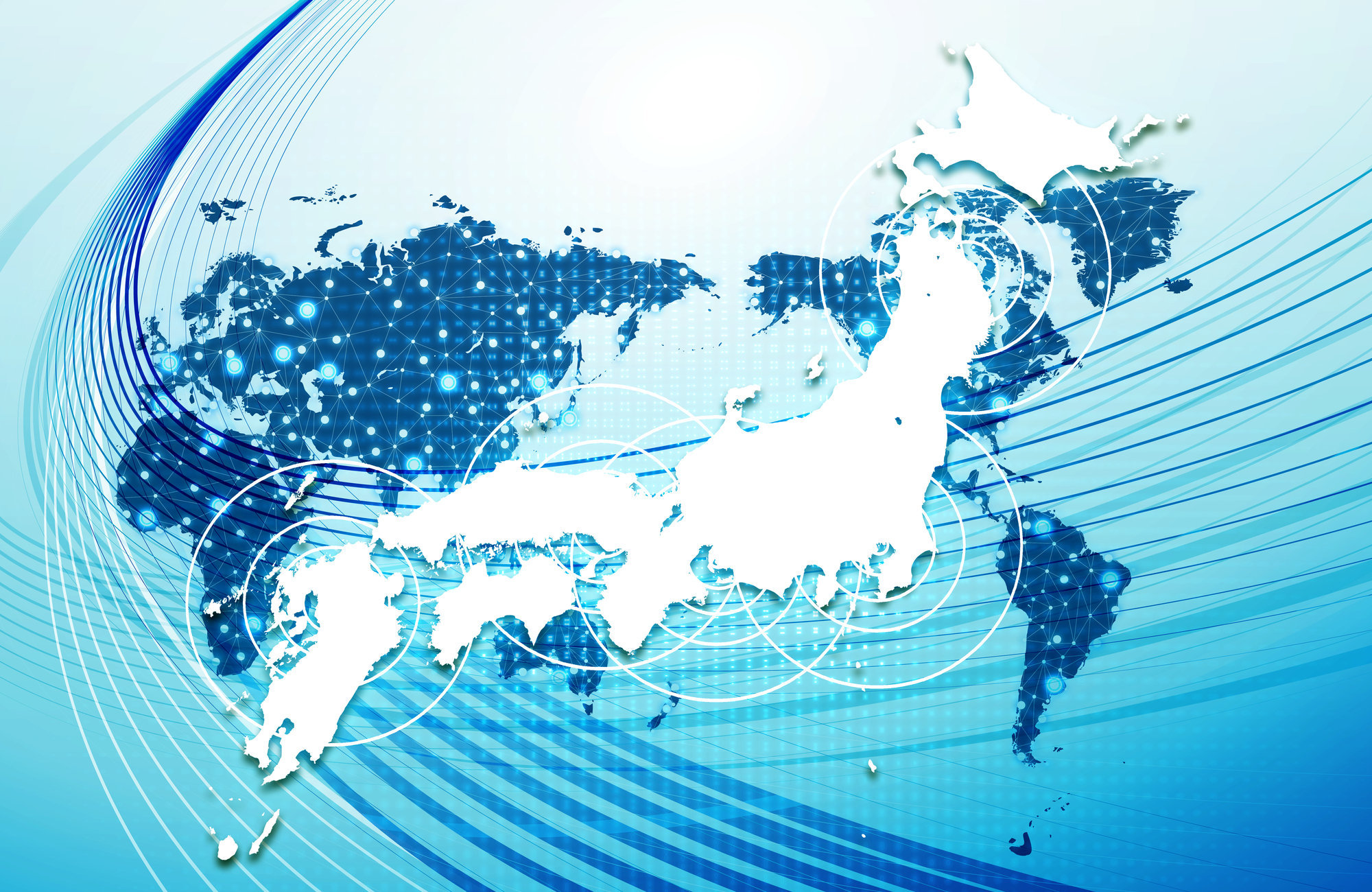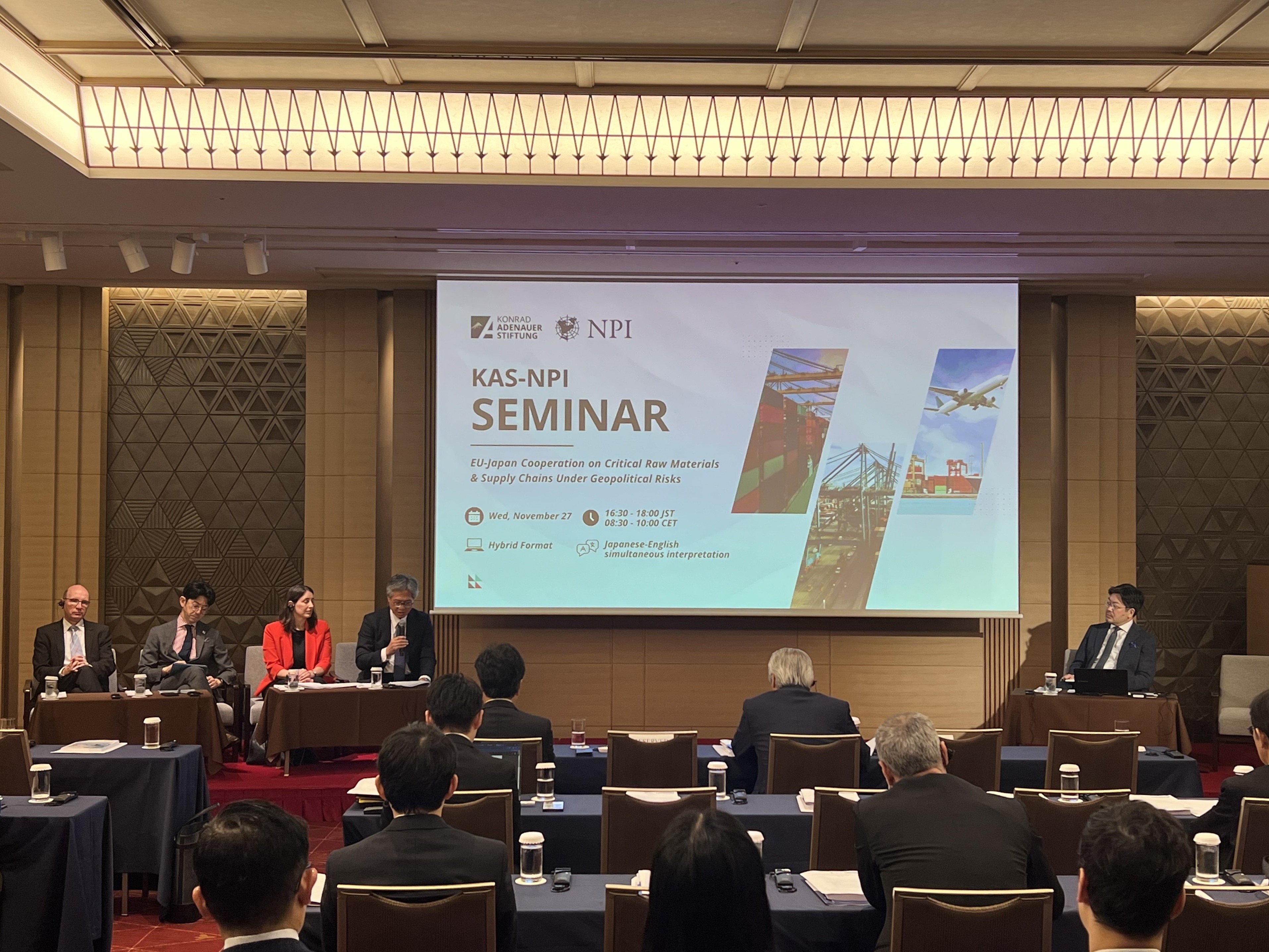2013/08/14
No. 181: Hidetoshi Nishimura, "Moving ASEAN and AEC Forward Beyond 2015"
[PDF version]
The ASEAN Economic Community (AEC) is to be realized by the end of 2015. Now is the time for ASEAN to evaluate and consider what has to be done to realize the AEC and how to implement this. At the same time, there is a need to prepare for the era beyond 2015 to realize a better performing single production base and single market in ASEAN and East Asia.
Something might be expected to occur by the end of 2015, but not an event such as the establishment of ASEAN on August 8, 1967. During the past two decades, ASEAN has made considerable progress toward economic integration. The AEC is the fruit of its persevering, persistent, and perpetual struggle with the "ASEAN Way." Here, I would like to underline that AEC 2015, a landmark achievement and historic milestone, is a signature success of the "ASEAN Way" of regionalism and integration based on shared aspirations, interests and values; mutual trust and accepted procedures; frequent interaction and consensus building; flexibility and pragmatism, and strong commitments by leaders to deeper regional integration.
ASEAN should be proud of the empirical wisdom found in the "ASEAN Way." This spirit shall be the basis of taking AEC beyond 2015. In other words, the "ASEAN Way" will be the vehicle for taking the "big dream beyond 2015."
Throughout its long and continued efforts toward economic integration, ASEAN has shown its strength in many aspects. Since these are obvious and well known, I will not present them in detail here. The successful aspects are as follows:
- ASEAN has achieved steady economic growth with robust industrialization and trade expansion;
- ASEAN has achieved substantial poverty reduction and the formation of a middle-income population;
- Its "2nd unbundling" (i.e., the international division of labor in terms of production processes or tasks) of manufacturing and related services in ASEAN and East Asia is the most advanced in the world;
- The development of production networks in ASEAN is going beyond simple fragmentation of production to start forming industrial agglomerations;
- ASEAN has successfully developed fairly good connectivity, both institutional and physical; and
- ASEAN and East Asia are presenting a novel development strategy in which the mechanisms of production networks and industrial agglomerations are aggressively exploited.
However, at the same time, ASEAN is facing the following issues and challenges:
- How to move up from middle-income to fully-developed economies
- How to achieve three-dimensional inclusiveness, namely geographical, industrial, and societal
- How to enhance resiliency and maintain sustainability, and
- How to engage in ASEAN centrality in a global setting
What are the dreams of ASEAN citizens beyond 2015? To take full advantage of ASEAN's strengths and overcome the issues and challenges confronting it, there are four critical and interdependent pathways for ASEAN in the economic arena:
(i) Competitive and dynamic pathway
The fundamental strategy for ASEAN to become a developed region relies on deepening and expanding the network of industrial clusters locally and regionally facilitated by regional connectivity and on ASEAN becoming a major cog of East Asia and global production networks of goods and services. Ensuring a dynamic and competitive ASEAN involves pushing the frontier of production networks both forward and outward through increased linkages globally as well as inward through the development of industrial clusters and small and medium-sized enterprises (SMEs).
(ii) Inclusive pathway
One defining characteristic of the ASEAN pathway to becoming a developed region is inclusiveness. There are three aspects of inclusiveness for ASEAN, namely geographic, industrial and societal. There remain significant development gaps in these three aspects of inclusiveness in many ASEAN Member States (AMSs). The more important geographic development gaps involve those between the richer AMSs and poorer AMSs as well as the richer regions and poorer regions in most AMSs. Industrial inclusiveness concerns involve multinationals versus local firms, large firms versus SMEs, manufacturing versus agriculture, etc. Societal gaps pertain mainly to rich versus poor households as well as differential treatments by age, gender, ethnicity, etc.
(iii) Sustainable pathway
Sustainability for ASEAN involves two elements: resiliency and green development. ASEAN and East Asia experienced various crises and disasters during the past two decades, and those shocks were utilized to improve resiliency in the region. By promoting development utilizing the new technologies coming into place, ASEAN countries can enjoy a more environmentally-friendly growth path by avoiding an environmentally-destructive growth path.
(iv) Dynamic equilibrium with ASEAN centrality
In the economic arena, it is important for ASEAN to utilize its strategic location at the geographic heart of fast-growing and developing Asia. By maintaining open and equal relations with various partners, ASEAN can bring in various resources and solidify its position as a leading growth center of the world. Based on its issue-oriented approach, especially in the promotion of wider-region FTAs and EPAs, ASEAN can become a central building block for other cooperation schemes and establish balanced relations with other parts of the world.
Trans Pacific Partnership (TPP) negotiations and China-Japan-Korea (CJK) FTA negotiations are progressing. The TPP is moving at a pace ahead of the AEC and not all the ASEAN countries are part of TPP. It is in the interest of ASEAN to pursue economic integration (or community building) to the extent that it is the driving force behind the RCEP and an influential negotiator in TPP. While ASEAN can contribute competitively to RCEP and TPP in tariff and ROO issues, it may have to overcome challenges in terms of services liberalization and investment facilitation in order to maximize its strengths in both negotiations. Our region, ASEAN and East Asia, should not stop seeking to achieve deep and wide regional economic integration. If we do stop, we shall lose our momentum, competitiveness, attractiveness, resiliency, and prosperity. There will be some implementation of AEC that will continue after 2015 and, as a significant part of economic integration, AEC will surely continue to evolve and develop in later years. This evolution should be managed both internally and externally.
Japan is expected to play an important role in such regional economic integration initiatives. One of the objectives of the ASEAN Economic Community is a "Single Market and Production Base." Japanese companies have invested heavily in this region for more than 40 years. The friendship between ASEAN and Japan over these forty years has been nurtured based on this economic activity. Throughout this time, Japanese companies have established and developed advanced and incomparable production networks in this region. These production networks make this region a more integrated, competitive, equitable and resilient community. If the "Single Production Base" is realized in this region, Japan will undoubtedly be the country that can benefit most. Now is the right time for Japan to provide the best support to enhance regional economic integration in this region in order to overcome an unsettled world economic environment.
Hidetoshi Nishimura is the Executive Director and founder of the Economic Research Institute for ASEAN & East Asia (ERIA).
The views expressed in this piece are the author's own and should not be attributed to The Association of Japanese Institutes of Strategic Studies.








